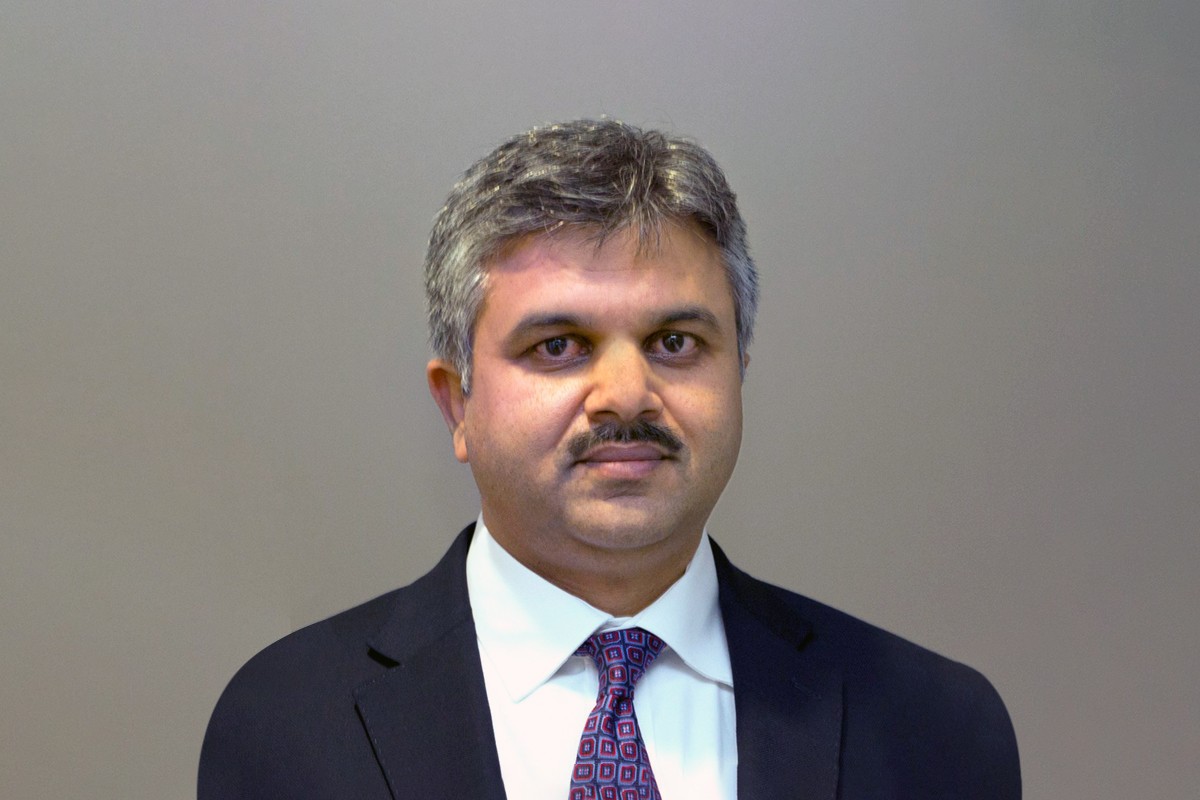EY refers to the global organization, and may refer to one or more, of the member firms of Ernst & Young Global Limited, each of which is a separate legal entity. Ernst & Young Global Limited, a UK company limited by guarantee, does not provide services to clients.
How EY can Help
-
We help you effectively harness the power of technology to simplify, rationalize and centralize your firm’s operations, clearing the way to improve efficiency and extend product capabilities to attract new investments.
Read more
EY teams collaborated with the wealth management company on a solution that would provide a consistent user experience across multiple platforms and help enable advisors to leverage data in near real time. EY teams worked with the client’s technology team, led by the CIO and the head of architecture, to co-innovate solutions and build a data integration platform.
They began by addressing particular use cases. One of the most important was around customer account data, which didn’t update immediately because it was batch-based. The team built an event-driven architecture to help ensure account updates are reflected across applications in near real time, giving advisors confidence that any data they are viewing is now up to date. That means they can offer robust, up-to-the-minute advice and recommend product options that fit customers’ immediate needs.
Another key issue was the difficulty in getting different data platforms to communicate with each other. To address this problem, the team created an interoperability layer based on a canonical data model that aligns with a defined data taxonomy. This essentially means that any data flows, from whatever source and in whatever format, can be incorporated seamlessly without any disruption to operations, improving data quality and consistency. Again, this helps advisors provide timely and authoritative information and insights to customers — something that is essential for wealth management firms, helping to grow the business and retain advisors and their clients.
The EY team’s financial services knowledge was crucial in addressing these issues, as the teams carrying out the work had an in-depth understanding of the specific business needs the technology had to solve in the areas of data architecture and data flows, and the way these impact the experience of both advisors and customers.








